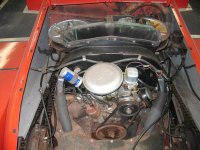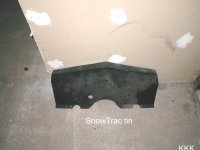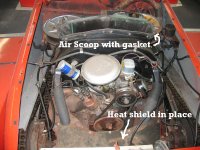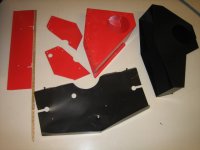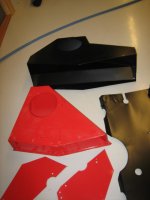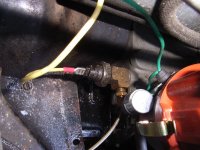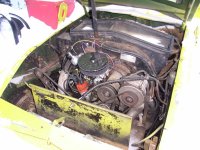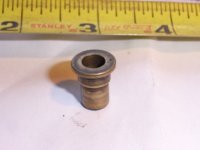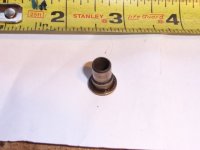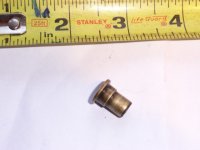Thanks Lyndon for the comprehensive information on this critical issue, and thanks Bob and Al for the pics.
I was very concerned about overheating yesterday as it was getting so warm in the cab. I stopped several times, each time expecting the hood to be too hot to touch, but found it to be cool. In fact, the engine compartment seemed cooler than the cab. Is that normal? I didn't try the "dipstick test," but that's a good one. Also, I didn't hear the typical clinks, tinks, pinks, you know, hot engines sounds.
Well, mine are all amateur observations, and certainly don't subsitute for an oil temp guage which I DON"T have. Where is the sending unit typically installed? A working oil pressure gauge is currently installed in the spot on the dash where the manual indicates the temp gauge sits. Is there an additional plug where a temp sending unit can be installed, or should I just swap out the pressure sending unit and gauge?
Oh, I'm not clear on why you would remove the aux fan from the intake horn. Doesn't it help draw cold air in?? I guess the good news is I actually have the intake horn and rubber seal, as well as the tin shelves in front.
Many, many thanks Lyndon - Paul

